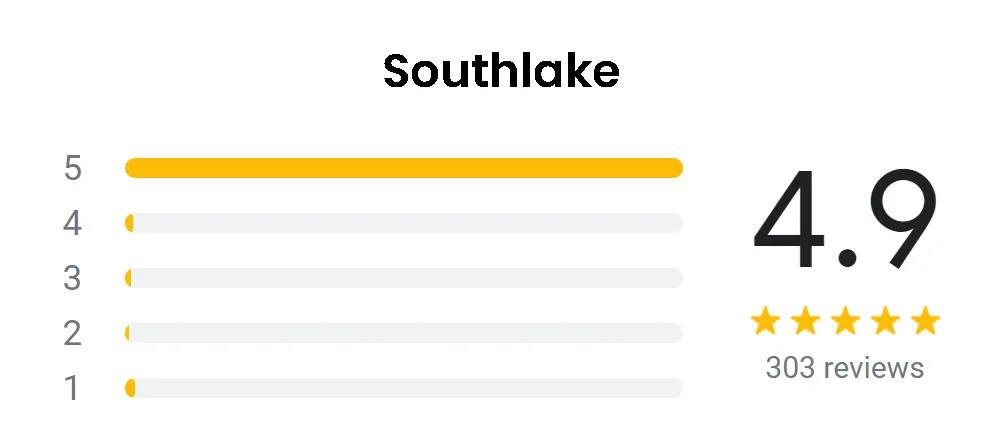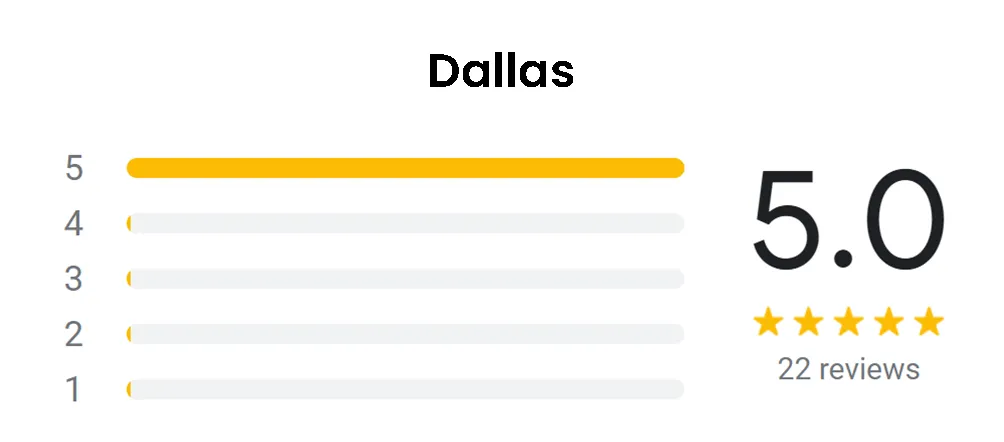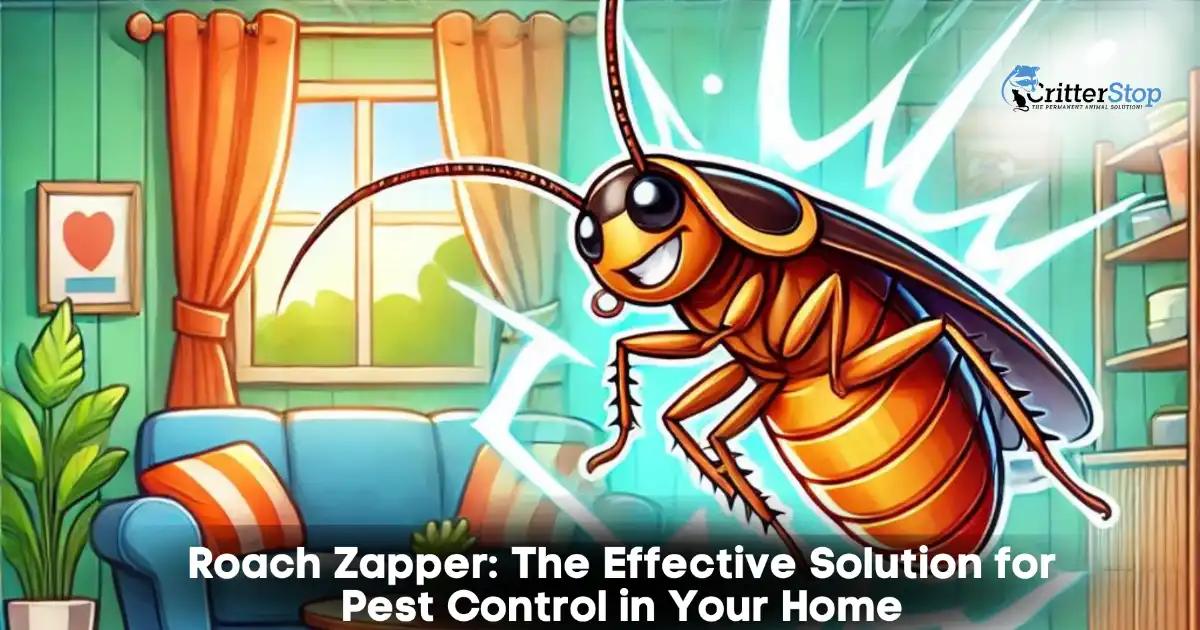
Roach zappers have become popular for homeowners seeking to combat unwanted insect infestations. These devices eliminate cockroaches by utilizing electric shock, providing a fast and efficient way to reduce their population. Understanding how roach zappers work can help individuals make informed decisions about pest control.
Many people wonder about the effectiveness and safety of using a roach zapper compared to traditional methods. While traps and sprays may take longer to show results, zappers offer immediate action upon contact with the pest. This rapid response makes them an appealing choice for those facing urgent pest problems.
In addition to their quickness, roach zappers can contribute to a cleaner home environment. Eliminating roaches on contact helps minimize the chances of disease transmission and contamination often associated with these pests. This aspect alone can enhance the peace of mind of those dealing with infestations.
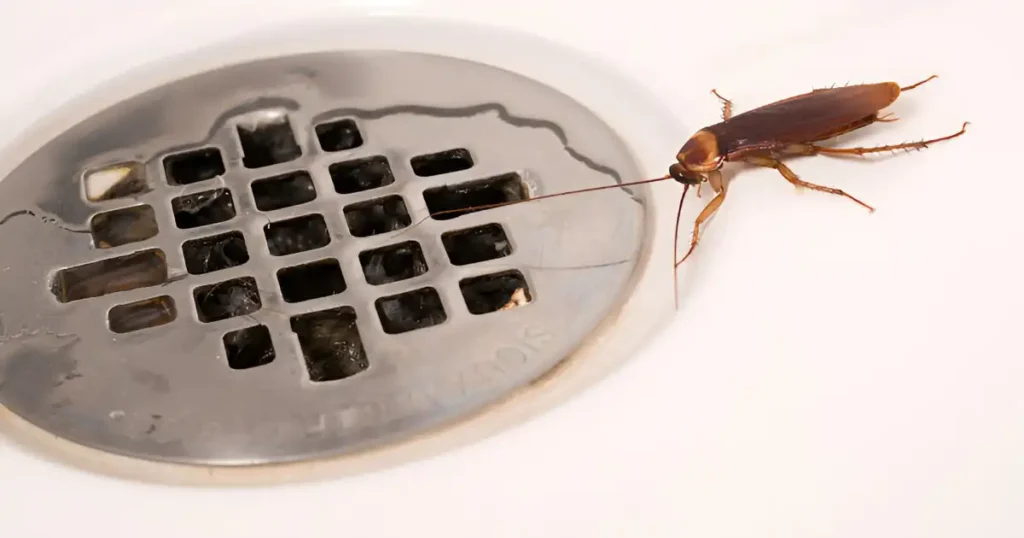
Roach zappers utilize specific technologies to target and eliminate cockroaches. Various types of roach zappers exist, each employing unique methods. The type and environment can also affect their effectiveness.
Roach zappers operate primarily through electric shock technology. They attract cockroaches using light or bait before delivering a high-voltage shock.
Some advanced models use sensory technology to detect movement, ensuring active targeting. This precision enhances effectiveness, especially in infested areas. Battery-operated options provide portability, while plug-in varieties offer continuous power. Each type requires careful consideration of the environment for optimal performance.
Roach zappers come in various forms and are designed to cater to different user needs and situations.
Table of Common Types:
| Type | Best Use | Features |
| Indoor Zapper | Home | Compact, UV light |
| Outdoor Zapper | Garden/Patio | Weatherproof, larger design |
| Commercial Zapper | Business | High capacity, integrated |
The effectiveness of roach zappers varies based on several factors. First, placement is crucial. To maximize their potential, zappers should be positioned in areas with high cockroach activity.
Second, the type of bait or attractant used also impacts results. Zappers that combine light with pheromones can achieve better results than those solely relying on light.
User feedback often highlights the maintenance of devices. Regular cleaning and timely battery replacement enhance functionality. Despite their effectiveness, reliance solely on zappers may not suffice for comprehensive roach control. Combining them with other roach control products, such as baits and traps, offers a more integrated approach.
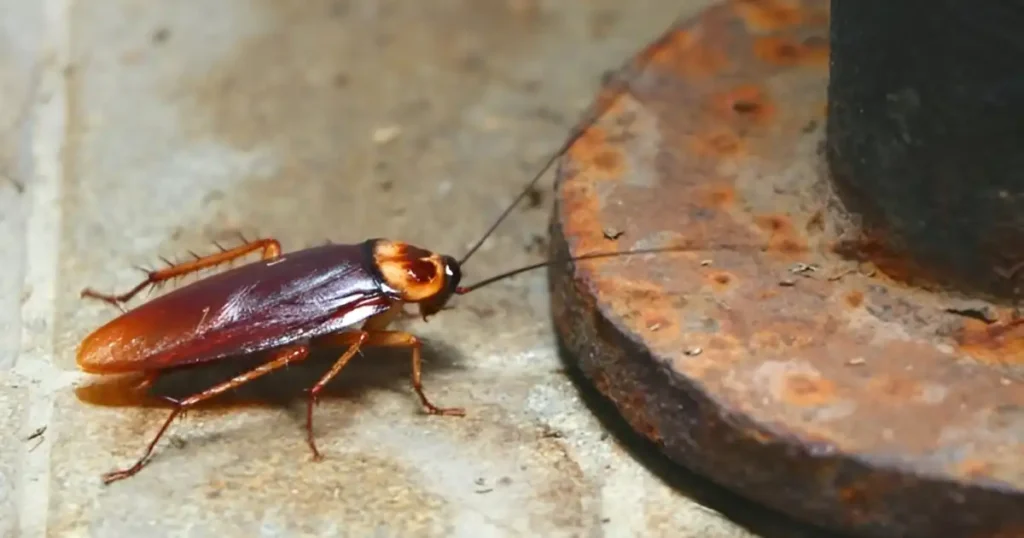
Understanding roach biology and behavior is essential for effective pest control strategies. Roaches' habitat preferences and dietary habits significantly influence their attraction to various control methods, including roach zappers.
Roaches thrive in warm, moist environments. Common habitats include kitchens, bathrooms, and basements, where they can find food and shelter. They often seek dark, hidden spaces behind appliances or within cracks and crevices.
Roaches reproduce quickly, with some species capable of producing hundreds of offspring in a year. A female German cockroach can carry an egg case containing up to 40 eggs, which hatch within weeks under ideal conditions. This rapid reproduction poses challenges for pest control, making it crucial to monitor and address infestations promptly.
Roaches are omnivorous, feeding on various substances, including crumbs, grease, and decaying organic matter. Their scavenging behavior makes them frequent visitors to food storage areas.
Roaches are attracted to warmth, moisture, and food odors. Roach zappers lure roaches with light and attractants. Pest control products like baits and traps can complement zappers to manage these pests more effectively. The right combination of methods can help significantly reduce roach populations in infested areas.
Chemical roach control involves using targeted products designed to eliminate roaches. Various options, such as pest control liquids and sprays, provide homeowners with tools to manage infestations.
Pest control liquids typically come in concentrated form and require dilution before application. These solutions target roach habitats, making them a great tool for treating hard-to-reach areas.
Commonly used pest control liquids contain active ingredients like bifenthrin or imidacloprid. When applying them, it’s crucial to follow the manufacturer’s instructions for dilution ratios and application methods.
The effectiveness of these liquids depends on proper application techniques, ensuring that the solution reaches the intended areas. Regular use can prevent reinfestation, providing a longer-lasting solution than other methods.
Pest control roach sprays provide a quick and convenient way to combat roach infestations. These ready-to-use products are formulated to kill roaches on contact and may also offer residual effects.
Active ingredients such as pyrethroids or neonicotinoids are often present in sprays. Users should spray these products directly onto visible roaches or their hiding spots.
To maximize efficacy, it is essential to target the areas where roaches can be spotted, such as under sinks, along baseboards, and behind appliances. Proper ventilation should be ensured during and after application.
Safety is paramount when using chemical products for roach control. Always read the label and instructions before use to understand potential hazards.
To minimize risks, wear gloves and masks during application. Ensure pets and children are kept away from treated areas until the product has dried.
Store chemicals in their original containers, out of reach of children. Dispose of any unused products according to local regulations to prevent environmental harm. Being aware of these precautions can make chemical treatments safer and more effective.
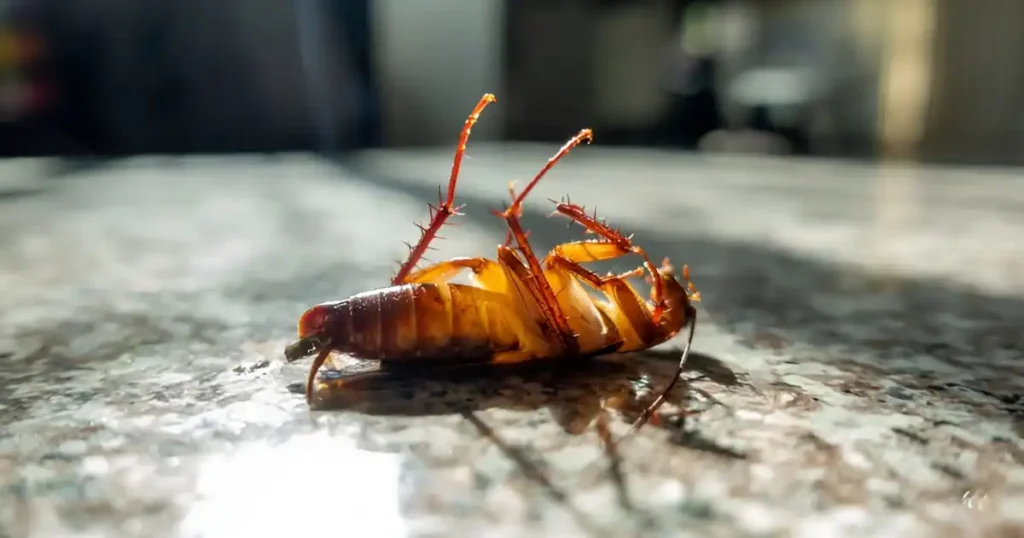
Natural roach control solutions can provide alternatives to chemical treatments. Among these methods, baking soda stands out for its accessibility.
Baking soda is a popular choice for natural pest control. When ingested, it disrupts roaches' digestive systems, leading to dehydration and death.
Mix equal parts of baking soda and sugar. The sugar attracts the roaches, while the baking soda harms them. Place this mixture in small dishes in areas where roaches are seen frequently.
Another method involves combining baking soda with water to create a paste. This paste can be applied to areas where cockroaches are active. This approach ensures the baking soda sticks to surfaces, increasing the chances of contact.
Check and replenish these mixtures regularly. However, remember that home remedies are not very effective, even if they are accessible.
A properly set up roach control kit can significantly reduce the presence of cockroaches in a home. Understanding the essential components and considerations for a DIY kit is key.
A cockroach control kit typically includes various components designed to tackle infestations. The key components are:
Each component serves a purpose, and their combination can help their effectiveness. It is crucial to read product labels for proper usage instructions. Some kits may also include protective gear to keep users safe during application.
Certain factors need attention when assembling a DIY roach control kit. First, select products that are safe for indoor use. Look for labels that specify non-toxic formulations, especially if children or pets are present.
Second, identify entry points. Sealing cracks and gaps where roaches can enter is vital.
Third, choose a variety of control methods. Combining baits, traps, and insecticides can reduce populations. Rotating products over time to prevent resistance is also advisable. Considering these points will help create a comprehensive approach to cockroach management. However, remember that dealing with a roach infestation yourself can be very difficult and should be left to professionals.
Implementing preventive measures and maintaining cleanliness are essential for roach control. Regular attention to these areas can significantly reduce the likelihood of an infestation.
Sealing entry points is crucial to keeping roaches at bay. Inspect all possible openings, including cracks, windows, and doors. Use materials such as caulk or weather stripping to close these gaps.
Dietary Factors
Storing food in airtight containers limits access for roaches. Regularly disposing of garbage and keeping surfaces clean reduces food sources. Use roach control products strategically around the home, including baits and traps.
Moisture Control
Roaches thrive in humid environments. Fix leaks promptly and ensure proper ventilation in bathrooms and kitchens. Dehumidifiers in damp areas can help maintain a dry environment unfriendly to roaches.
Establishing a consistent cleaning regimen is vital for roach control. Focus on areas where food residue and moisture accumulate.
Daily Cleaning Tasks
Wipe down counters and tables after each meal. Sweep or vacuum floors to remove crumbs and debris. Pay particular attention to hidden areas, such as under appliances.
Weekly Deep Cleaning
Deep clean kitchens and bathrooms at least once a week. Scrub surfaces, disinfect sponges, and wash dishcloths. Decluttering can also minimize hiding spots for roaches, making the environment less attractive.
Incorporating roach control products into the cleaning routine can be a great barrier against roaches. Regular use of insecticides or natural repellents can deter roaches from returning.
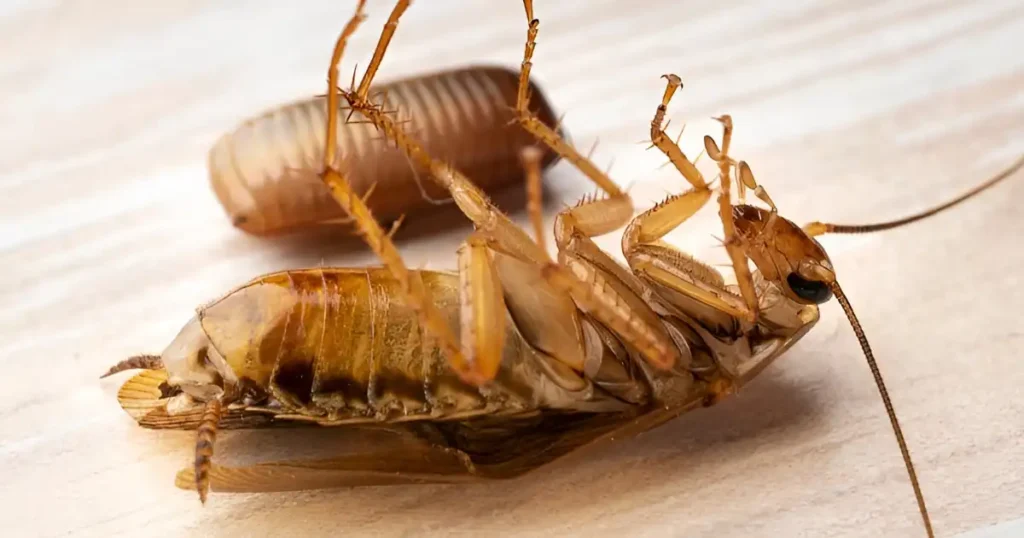
Professional pest control services offer tailored solutions for managing cockroach infestations. They utilize industrial-grade products and techniques superior to typical household methods, ensuring effective results.
Signs of a cockroach infestation often necessitate professional intervention. If multiple sightings occur during the day, it may indicate a severe problem.
Other indicators include:
If DIY treatments aren't effective after a reasonable period, it's time to consult professionals. Their experience enables them to identify the source of the problem and implement effective strategies to manage and eliminate roaches.
During a consultation, pest control experts will assess the property and identify conducive cockroach conditions. They evaluate potential entry points and food sources.
Treatment typically involves:
Clients can expect guidance on preventive measures to minimize future infestations, making the entire process comprehensive and informative.
Looking for a professional pest control company that will get rid of your roach infestation once and for all? Critter Stop has your back! We’re a fully licensed and insured company that has earned a five-star reputation for our excellent service to residential and commercial customers in Texas. We also have quick turnaround times and offer industry-leading guarantees. Contact Us at (214) 234-2616 and schedule your free inspection and estimate today!
This section addresses common inquiries regarding roach zappers, their effectiveness, features, related products, contents of control kits, purchasing options, and comparisons with electronic repellents. Each question is designed to provide clear and concise information.
Bug zappers are generally not very effective against roaches. While they may attract and kill some flying insects, roaches typically do not move toward lights. Roach zappers may help reduce populations but often fail to eliminate infestations.
When selecting a cockroach zapper, look for a powerful electric grid to ensure quick insect elimination. A design that allows easy cleaning and a durable outer casing can enhance longevity. Additionally, portability and safety features, such as protective screens, are important for household use.
Common cockroach control products include bait stations, traps, insecticides, and gels. Bait stations contain poison that attracts roaches, while traps capture them without chemicals. Insecticides and gels are applied in areas where roaches are frequent to eliminate them directly.
A typical roach control kit may contain baits, traps, insect growth regulators, and sprays. Baits target adult roaches and larvae, while insect growth regulators prevent insect development. Comprehensive kits often include instructions for effective application and maintenance.
Roach zappers can be purchased online through various retailers, including Amazon, Home Depot, and Walmart. Specialty pest control websites also carry a range of options, providing reviews and comparisons to assist in selecting the right zapper.
Electronic roach repellents emit ultrasonic waves designed to deter roaches. These devices may provide an alternative to zappers, but their effectiveness varies. While they can complement traditional methods, users should consider them part of a multifaceted approach to pest control rather than a standalone solution.
Visit our Critter Library and learn more about our furry friends
